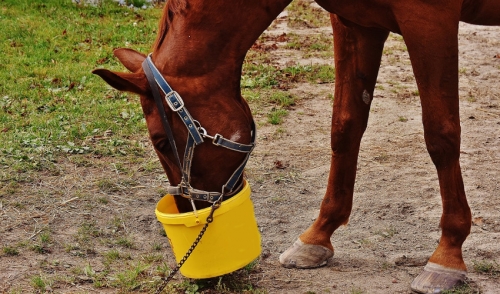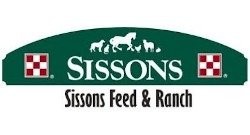
Nutrition Tips to Help Get Your Horse Ready to Ride After Winter
There are some nutritional concerns during winter that should be addressed to ensure the health and performance of our horses.
As we start working our horses more, we must increase the plane of nutrition to ensure that the horse’s increased requirements are met. Energy is possibly the most important nutrient to consider in a working horse. As a horse works harder, its energy (calorie) requirement increases, and we must supply those additional calories in a form that will not compromise the horse’s digestive health. We can add more calories by increasing the amount of grain in the ration, but grain is high in starch, and too much starch (and other soluble carbohydrates) may lead to digestive disturbances such as colic and/or laminitis. Safer energy sources include fat and fermentable fibers. Feeds such as Purina’s Ultium®, Strategy®, and the New Omolene #500™ horse feeds are higher in fat and fermentable fibers, and lower in starch than traditional sweet feeds, therefore are excellent feeds to increase the calories in a working horse’s diet. Omolene #200® horse feed is another excellent feed for these situations, as more of the calories are supplied by fat, and less by starch. These performance feeds also contain the amino acids, vitamins and minerals to support the increased demands of the performance horse. Keep in mind that all feeding changes must be made slowly, so it is important to gradually increase the amount of feed as the horse’s work load increases.
If you are not planning to ride your horse hard, however, or your horse is naturally an easy keeper, a concentrated feed such as Nature’s Essentials Enrich 32® may be the best way to meet the horse’s nutritional needs without adding many calories. If your horse stays in good body condition (not too fat or too thin) on just hay or pasture, feeding one to two pounds of Nature’s Essentials Enrich 32® or Enrich 12® will provide the protein, vitamins and minerals that the horse needs to stay healthy.
